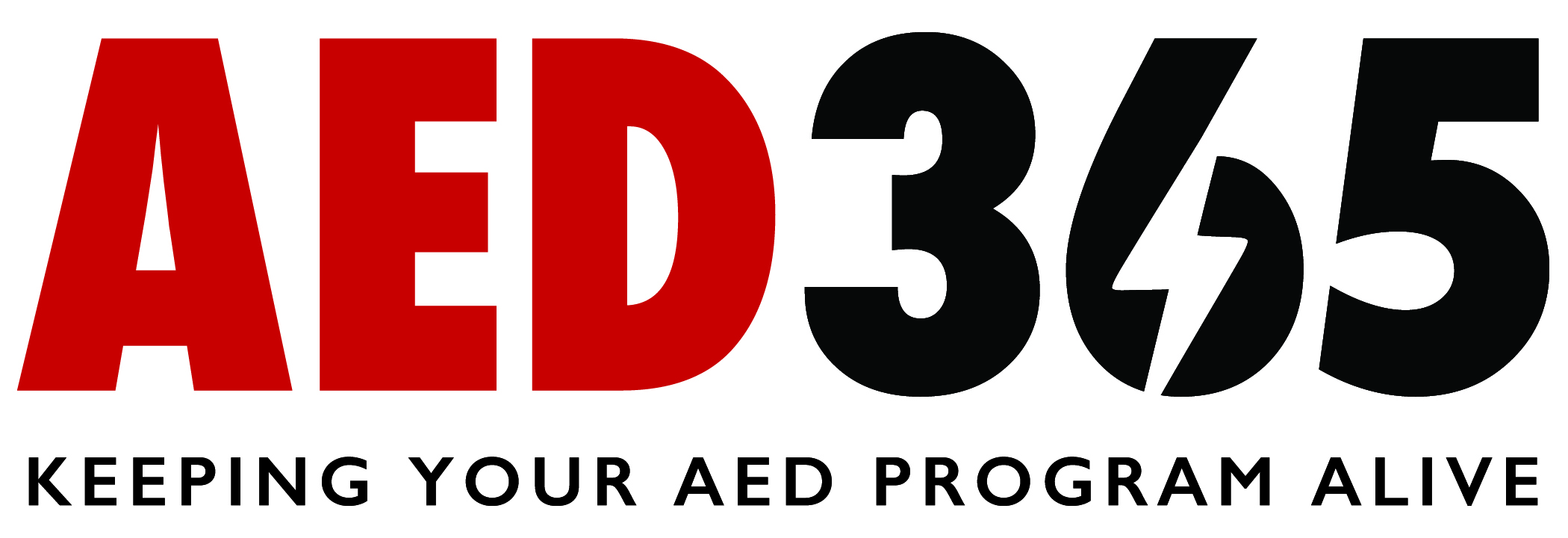Author: Marcy Burnham, RN
Sudden Cardiac Arrest (SCA) is a leading cause of death among high school athletes. High-intensity sports put extra stress on young hearts, especially if athletes have undetected heart conditions. Hypertrophic cardiomyopathy (HCM) and arrhythmias are two common causes of SCA. Unfortunately, these conditions can go unnoticed, as most young athletes appear healthy and fit.
Statistics show that overall survival of a high school athlete surviving a SCA is 48%. Surviving a SCA with an Athletic Trainer (performing high-quality CPR) and AED present is 85%!!! Wow!! What a staggering comparison! While rare, its impact is devastating, making prevention crucial. Some prevention strategies to consider:
- Pre-participation Screenings: A thorough medical history and physical exam are critical. Some schools include electrocardiograms (ECGs) to detect hidden heart abnormalities, though this isn’t always mandatory.
- CPR and AED Training: Quick response is vital in cases of SCA. Immediate CPR and the use of an automated external defibrillator (AED) can save lives. Schools should ensure staff, coaches, and even students are trained in these life-saving techniques.
- Access to AEDs: Having AEDs readily available at all sporting events and practices is essential. These devices can shock the heart back into a normal rhythm, dramatically improving survival rates.
- Promote Awareness: Coaches, parents, and athletes should be aware of warning signs like fainting, chest pain, or shortness of breath during exercise. Taking these symptoms seriously and seeking medical evaluation can prevent tragedies.
By focusing on early detection, proper emergency response, and increased awareness, schools can help protect high school athletes from the risks of sudden cardiac arrest. Preventive measures may seem small, but they can make a life-saving difference.
Office: (205) 417-4711
Email: [email protected]










